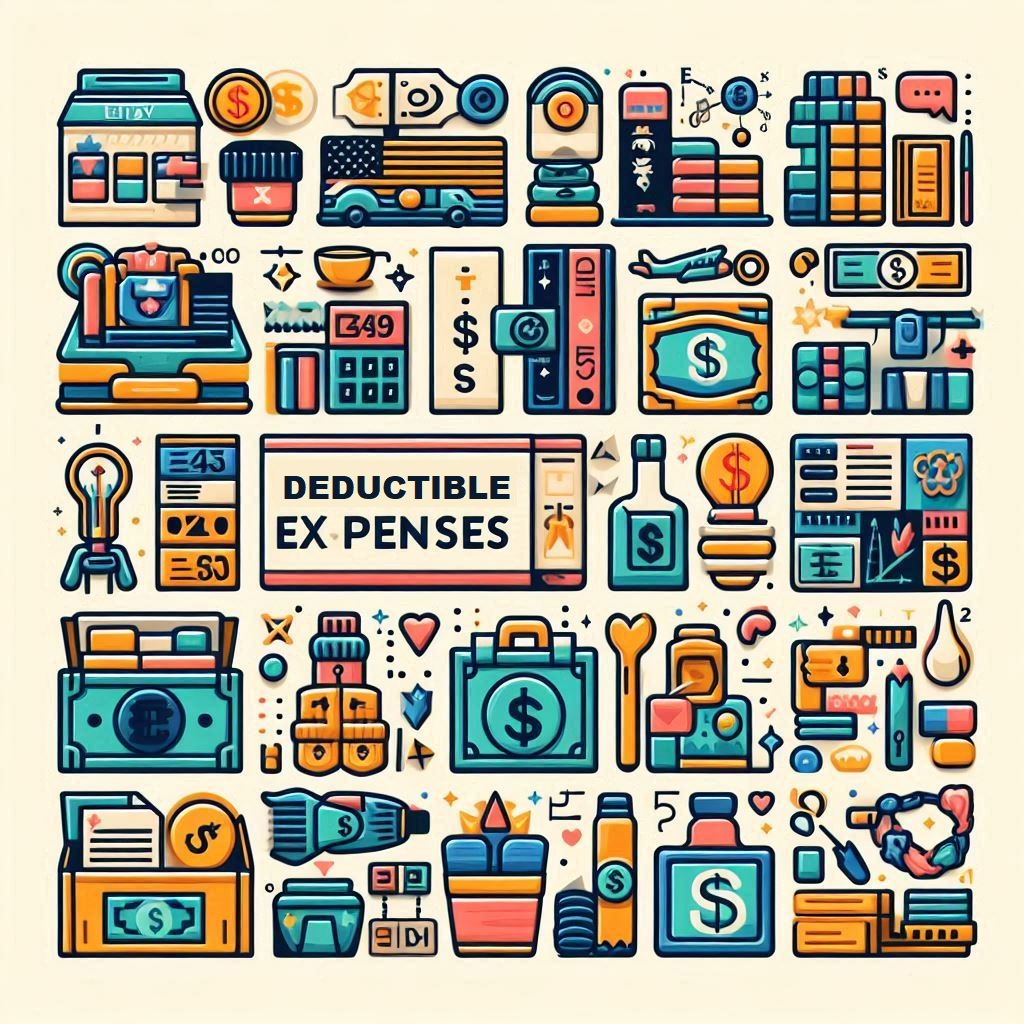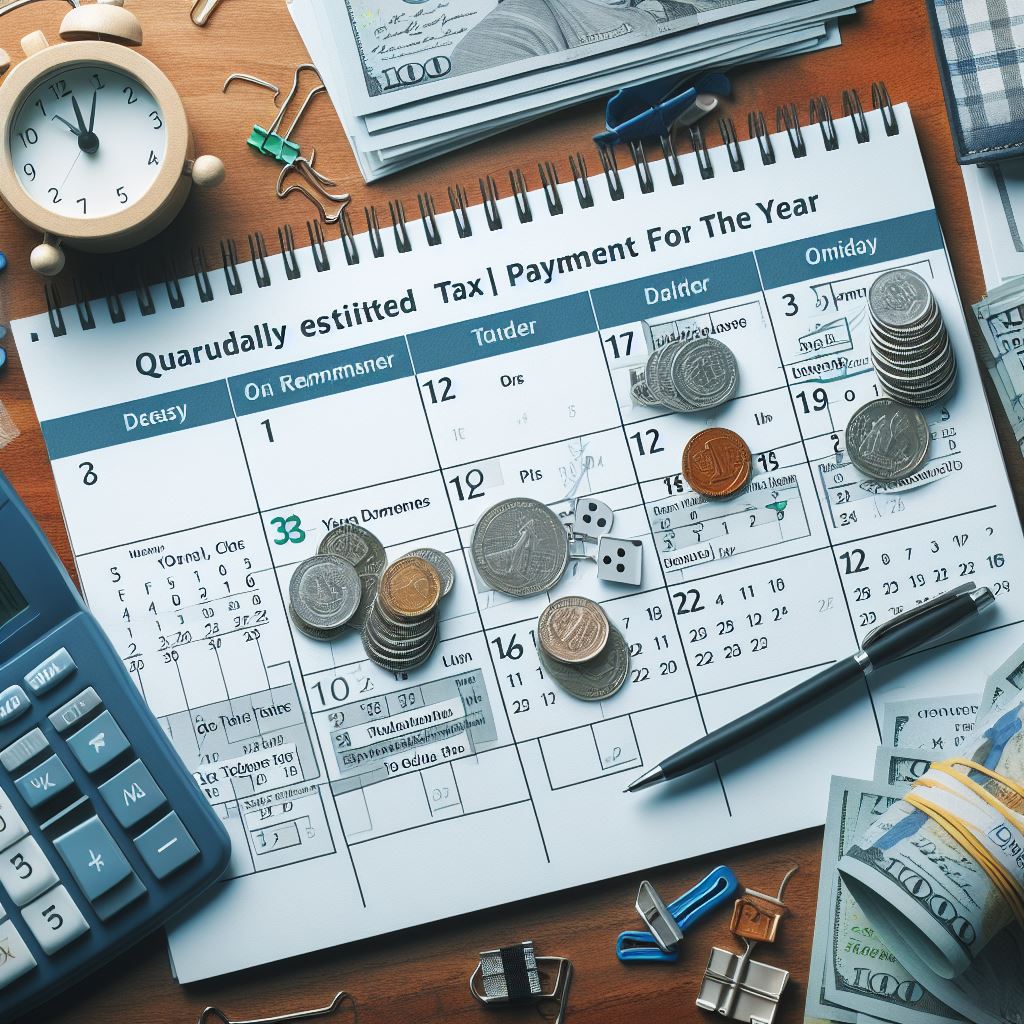Etsy, a bustling online marketplace for handmade goods, vintage treasures, and creative supplies, has empowered millions of individuals to transform their passions into thriving businesses. While the joy of creating and connecting with customers is undeniable, navigating the financial side of your Etsy shop, especially taxes, can feel overwhelming.
One crucial aspect of understanding your Etsy tax obligations involves the 1099-K form. This form, issued by payment processors like Etsy Payments, reports your gross sales to the IRS, helping to ensure accurate income reporting. This comprehensive guide aims to demystify the 1099-K form and provide a step-by-step walkthrough of managing taxes for your Etsy business, empowering you to approach tax season with confidence.
Table of Contents:
- I. Understanding the 1099-K Form
- II. Hobby vs. Business: How the IRS Classifies Your Etsy Shop
- III. Step-by-Step Guide to Paying Taxes on Etsy
- IV. Managing Your Etsy Finances for Easier Tax Filing
- V. Frequently Asked Questions
Understanding the 1099-K Form
What is the 1099-K form?
The 1099-K form is an official IRS document used to report payments processed by third-party payment networks, such as credit card companies and online marketplaces like Etsy. This form tracks the flow of funds through these networks, helping the IRS ensure accurate reporting of income for businesses.
Why is it issued to Etsy sellers?
Etsy, as a payment processor through Etsy Payments, is required to issue 1099-K forms to certain sellers based on thresholds set by the IRS. For the 2023 tax year, Etsy will issue a 1099-K to sellers who:
- Reach $20,000 or more in gross sales AND
- Have more than 200 transactions processed through Etsy Payments.
Important Note: The IRS is changing the 1099-K reporting threshold for the 2024 tax year. Starting next year, any seller who has $600 or more in gross sales processed through third-party payment networks, regardless of the number of transactions, will receive a 1099-K.
Who receives a 1099-K form?
This form applies primarily to US-based Etsy sellers who receive payments in USD and meet the IRS thresholds outlined above. If you are an international seller or do not meet the criteria, you will not receive a 1099-K form from Etsy.
Important Clarification:
Receiving a 1099-K form does not automatically mean you owe taxes on the full amount reported. The form reflects your gross sales, which is the total revenue generated from your Etsy sales without deducting any expenses. Your actual tax liability is calculated based on your net profit, which considers your gross sales minus eligible business expenses.
Hobby vs. Business: How the IRS Classifies Your Etsy Shop
Before diving into the specifics of paying taxes on Etsy, it’s crucial to understand how the IRS classifies your shop—as a hobby or a business. This distinction significantly impacts how you report your income and deductions on your tax return.

Hobby vs. Business: Key Differences
The IRS considers several factors when determining if your Etsy activity is a hobby or a business.
| Feature | Hobby | Business |
| Profit Motive | Not the primary motivation | Primary goal is to make a profit |
| Regularity | Selling occurs occasionally | Consistent efforts to sell and generate income |
| Effort to Improve | Minimal attempts to improve profitability | Continuously seeking ways to expand and grow the business |
| Record Keeping | Basic tracking of income and expenses | Detailed records of all transactions, expenses, and inventory |
Tax Implications:
- Hobby: If your Etsy shop is classified as a hobby, you still need to report income from sales on your tax return, typically under “Other Income.” However, you cannot deduct expenses that exceed your hobby income, limiting potential tax savings.
- Business: If the IRS deems your shop a business, you will file as self-employed using Schedule C of Form 1040, allowing you to deduct eligible business expenses from your gross income to calculate your taxable profit. You will also be responsible for self-employment taxes, which cover Social Security and Medicare.
Determining Your Classification:
Carefully assess your Etsy activity based on the IRS guidelines outlined above. It’s best to consult with a tax professional if you are unsure about your classification or have questions about the tax implications for your specific situation.
Step-by-Step Guide to Paying Taxes on Etsy
Now that you understand the basics of the 1099-K form and the IRS classification of Etsy shops, let’s walk through the steps involved in paying taxes on your Etsy income.
Step 1: Determine Your Filing Status
Before you can start crunching numbers, you need to determine your filing status. This will depend on how your Etsy shop is structured:
- Individual with a Hobby: If your Etsy shop is classified as a hobby by the IRS, you’ll report your Etsy income on your individual tax return (Form 1040) under “Other Income.”
- Sole Proprietorship: This is the most common structure for small Etsy businesses. As a sole proprietor, you are personally liable for your business debts and report your business income and expenses on Schedule C of your individual tax return (Form 1040).
- Formal Business Entity: If you’ve formed a formal business entity, such as an LLC or S-corp, you’ll file a separate business tax return in addition to your individual tax return.
Step 2: Gather Your Financial Records
Once you know your filing status, it’s time to gather all the necessary financial documentation for your Etsy business:
- Sales Reports from Etsy: Download detailed sales reports for the tax year from your Etsy Shop Manager. These reports will outline your gross sales, transaction fees, and other relevant information.
- 1099-K Form: If you met the IRS thresholds for receiving a 1099-K, download this form from your Etsy Shop Manager. Remember, this form reports your gross sales, not your profit.
- Receipts for Expenses: Collect receipts for all business-related expenses throughout the year. This includes receipts for supplies, shipping costs, advertising fees, software subscriptions, and any other expenses you incurred to run your Etsy shop.
- Other Relevant Financial Documents: Depending on your specific circumstances, you may need additional documents, such as bank statements, loan documents, or invoices from contractors.
Step 3: Understand and Calculate Deductible Expenses
Deductible expenses are the lifeblood of minimizing your tax liability. By accurately tracking and deducting eligible expenses, you reduce your taxable income and potentially lower the amount of tax you owe.
Common Deductions for Etsy Sellers:
- Cost of Goods Sold (COGS): This category includes direct costs associated with producing your items for sale. Examples include:
- Raw materials
- Packaging materials
- Direct labor costs (if you have employees)
- Shipping Costs: Deduct the costs of shipping your items to customers, including:
- Postage fees
- Shipping supplies (boxes, tape, labels)
- Shipping software subscriptions
- Marketing and Advertising: Deduct expenses related to promoting your Etsy shop and products, such as:
- Etsy Ads fees
- Social media advertising costs
- Website hosting fees (if you have your own website)
- Home Office Expenses: If you use a dedicated space in your home exclusively and regularly for your Etsy business, you may be eligible to deduct a portion of your home-related expenses. This includes:
- Rent or mortgage interest
- Utilities
- Homeowner’s insurance
- Repairs and maintenance
- Other Business Expenses: Don’t forget about these other deductible expenses:
- Office supplies
- Software subscriptions
- Professional fees (accountants, lawyers)
- Business travel expenses
- Continuing education related to your business

Requirements for Claiming Home Office Deductions:
To claim the home office deduction, your workspace must meet both of these criteria:
- Exclusive Use: The space must be used only for your Etsy business and not for personal activities.
- Regular Use: The space must be used regularly and consistently for your business.
Calculating Deductible Expenses:
Maintain meticulous records of all expenses and ensure you have receipts to support your claims. Use spreadsheets, accounting software, or dedicated apps to track your expenses throughout the year.
Step 4: Consider Estimated Tax Payments
As a self-employed Etsy seller, you’re responsible for paying estimated taxes quarterly if you expect to owe $1,000 or more in taxes for the year. This involves sending payments to the IRS throughout the year instead of one lump sum at tax time.

Step 5: Choose Your Filing Method
When it comes to filing your taxes, you have two primary options:
- File Yourself: Utilizing tax software like TurboTax, TaxAct, or H&R Block can simplify the process and guide you through the forms. These services often offer different pricing tiers based on the complexity of your tax situation.
- Hire a Tax Professional: A Certified Public Accountant (CPA) or Enrolled Agent can provide personalized guidance, ensure accuracy, and help you maximize your deductions. They can be particularly helpful if your tax situation is complex or you’re unsure about specific regulations.
Managing Your Etsy Finances for Easier Tax Filing
Tax season doesn’t have to be a dreaded time. By managing your Etsy finances diligently throughout the year, you can streamline the filing process and avoid scrambling for receipts at the last minute.
Tips for Efficient Tracking:
- Embrace Technology: Utilize spreadsheets or invest in accounting software like QuickBooks Solopreneur, which integrates with Etsy to simplify tracking.
- Categorize Diligently: Create clear categories for your expenses (e.g., COGS, Shipping, Marketing) to easily identify deductible items.
- Reconcile Regularly: Regularly compare your records with your Etsy sales reports and bank statements to catch any discrepancies and ensure accuracy.

Frequently Asked Questions
We’ve covered a lot of ground regarding Etsy taxes. Now, let’s address some common questions that often arise for sellers.
1. Do international sellers need to file a 1099-K?
No. The 1099-K form is specific to US tax regulations and applies only to US-based sellers who meet the IRS thresholds for gross sales and transactions processed through third-party payment networks. International sellers do not need to file a 1099-K form with the IRS. However, you may have tax obligations in your own country, so it’s important to consult with a local tax professional to understand your specific requirements.
2. What happens if I have multiple Etsy shops?
Etsy will issue a single, combined 1099-K form if you have multiple shops associated with the same taxpayer identification number (either your Social Security Number or Employer Identification Number). This form will reflect the total gross sales across all your shops, and you’ll use this combined information when filing your taxes.
Important Tip: To ensure accuracy and avoid complications, it’s crucial to use the same taxpayer information (name, address, and SSN/EIN) on the “Legal and Tax Information” page for each of your Etsy shops.
3. My 1099-K total doesn’t match my shop totals! Why?
Don’t panic if the gross sales amount on your 1099-K doesn’t perfectly align with the financial totals within your Etsy shop. Remember, the 1099-K reports gross sales, which is the total amount buyers paid for your products without factoring in any deductions.
Your Etsy shop dashboard, on the other hand, likely shows various net profit calculations, which subtract expenses like Etsy fees, processing fees, shipping costs, refunds, and taxes you’ve collected. These net profit figures provide a more accurate picture of your actual earnings, while the 1099-K simply reports the raw flow of funds through Etsy Payments.
4. What if I need to change the taxpayer information on my 1099-K?
If any of the taxpayer details (name, address, SSN/EIN) on your 1099-K form are incorrect, it’s essential to update them before the IRS deadline. You can typically do this directly through your Etsy Shop Manager on the “Legal and Tax Information” page.
Important Note: The deadline for updating your taxpayer information for the 2023 tax year is March 13, 2024. Changes will not be accepted after this date, and the information will be sent as-is to the IRS.
5. Can I get a paper copy of my 1099-K?
Yes, you can opt out of receiving your 1099-K electronically and request a paper copy by mail. To do this, you need to adjust your preferences in your Etsy Shop Manager before December 31st of the tax year.
6. I’m overwhelmed! When should I consult a tax professional?
Navigating taxes can be tricky, and there’s no shame in seeking expert advice. Here are some situations where consulting a tax professional (CPA or Enrolled Agent) is highly recommended:
- You’re unsure about your hobby vs. business classification.
- You have a complex tax situation, such as international sales, significant business assets, or multiple income sources.
- You’re unsure about which deductions you can claim or how to calculate them accurately.
- You need help understanding specific tax laws and regulations.
Conclusion
As an Etsy seller, understanding your tax obligations is vital for running a successful and compliant business. By familiarizing yourself with the 1099-K form, determining your filing status, meticulously tracking your income and expenses, and seeking professional guidance when needed, you can approach tax season with clarity and confidence.
Remember: Staying organized, utilizing available resources, and proactively managing your finances throughout the year will make the tax filing process significantly smoother.
let’s ensure your financial savvy empowers your business to thrive!

